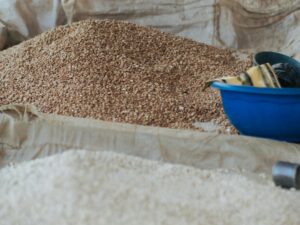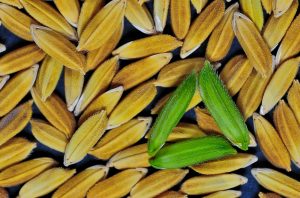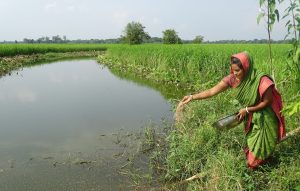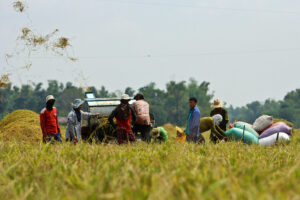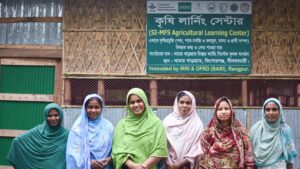Loop surveys were conducted in the wet and dry season every four to five years from 1966-67 to 2011-12—the longest farm surveys in existence—in which detailed records were kept on production systems and family activities. This article discusses a survey of about 100 farmers in Central Luzon, Philippines. The route of the survey forms a “loop” along the national highways in the region.
Trends in rice productivity and varietal improvement. The first modern or high-yielding variety, IR8, was released in November 1966. These modern varieties were widely adopted by Filipino farmers beginning in the 1970s and, within just a little over a decade, yields had roughly doubled from 2 to 4 tons per hectare ( see Fig. 2. Trends in yield per ha, sample farms, Central Luzon Loop Survey, 1966-2012). Since the 1980s, growth in yield has plateaued in the wet season but has exceeded 5 tons per hectare on average in the dry season.
In addition to the increase in yield, three other factors are related to varietal improvement in irrigated rice—shorter growth duration from 150 to 110 days, the development of varieties resistant to insects and diseases, and higher grain quality.
Often referred to as a mega-variety, IR64, released in 1985, was the most popular farmer variety planted for almost the next two decades, from 1986 to 2004.
Adoption of biochemical technology. The trend in the use of nitrogen fertilizer, principally urea, has followed the pattern of yields, increasing from almost nothing to 100 kg of N per hectare (Fig. 3a. Trends in N fertilizer price, WS and DS, Central Luzon Loop Survey, 1966-2012 and Fig. 3b. Trends in fertilizer use per ha, WS, Central Luzon Loop Survey, 1966-2012). Phosphorus and potassium applications have been minimal.
It was gradually discovered that overuse of insecticides had a negative impact, not only on crop yield but also on animal and human health. Around 1980, our survey farmers began reducing the amount of insecticide from around five to two applications (Fig. 4a. Trends in insecticide use in kg active ingredients per ha, WS and DS, Central Luzon Loop Survey, 1966-2012 and Fig. 4b. Trends in herbicide use in kg active ingredients per ha by season, Central Luzon Loop Survey, 1966-2012).
And, the recommendation is now to use no insecticides for the first 40 days. Although the Philippines today is one of the lowest users of insecticide, overuse remains common in many parts of Asia, resulting in unnecessary crop losses.
Trends in labor use and labor-saving technologies. Initially, labor input per hectare increased with the adoption of HYVs in the 1960s and 1970s (Fig.5. Labor use by source, person-days per hectare, WS and DS, Central Luzon Loop Survey, 1966-2012). But, subsequently, labor-saving technologies have been widely adopted, thus reducing manual labor requirements from 80 to 60 person-days per hectare in the wet season and from 80 to 40 person-days per hectare in the dry season. Mechanization of land preparation and harvesting-threshing has accounted for much of this reduction. Increased use of herbicides (Figs. 4a and 4b) and direct seeding in the dry season have also reduced labor input.
In part, as a result of these changes, family labor as a portion of total labor in rice production per hectare has declined over time from 50% to around 20%. Rice production is no longer a family enterprise as most of the tasks are performed by hired labor with the farmer (often one of the siblings as those in our original survey have retired or died) making the management decisions.


